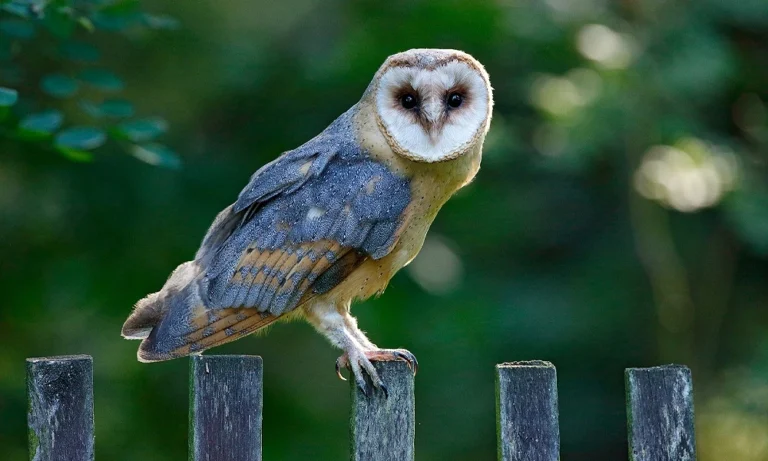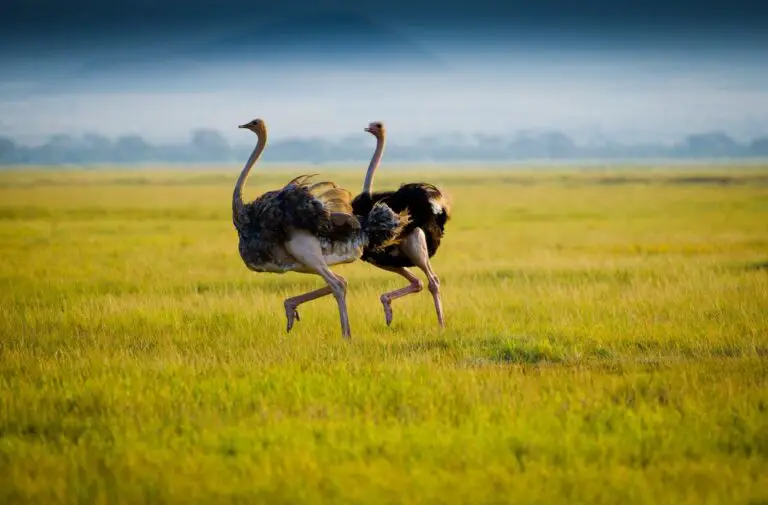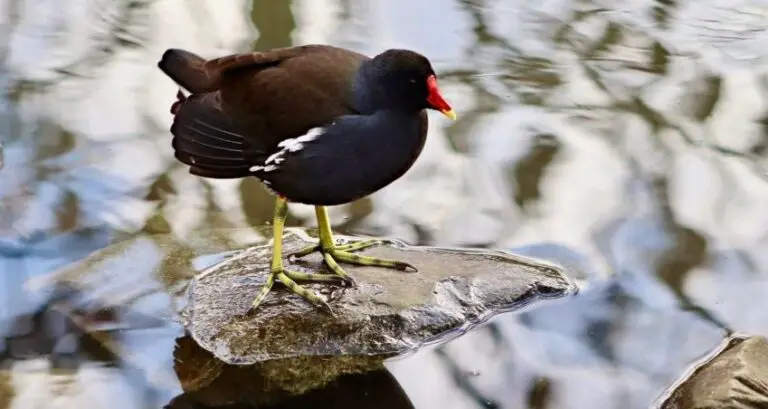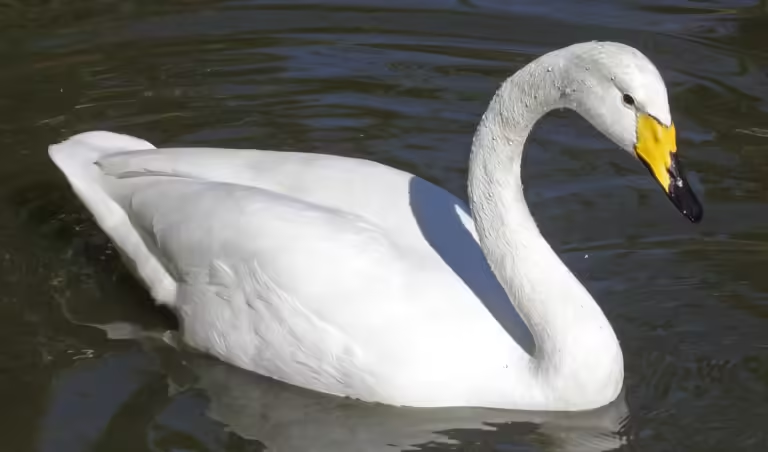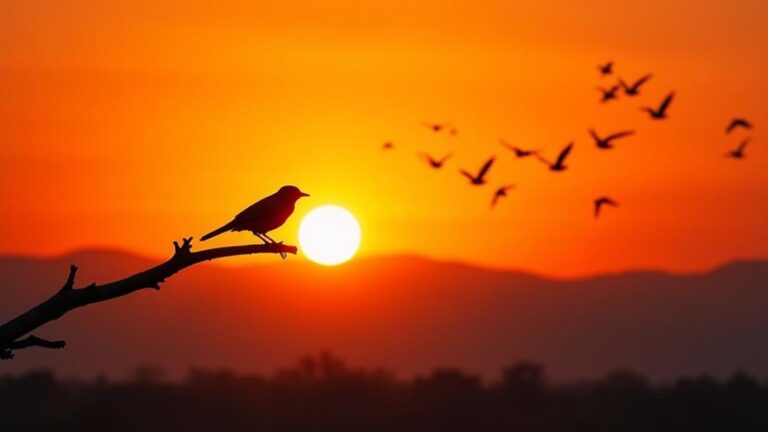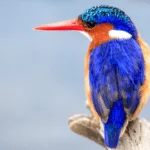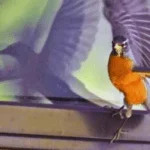Have you ever noticed the presence of crows and owls in literature, art, and even your dreams? These enigmatic creatures are more than just ordinary birds; they hold significant symbolic meanings that have intrigued people for centuries. Crow and owl symbolism is a fascinating subject that reveals a deeper understanding of the world around us.
As you delve into the world of crow and owl symbolism, you’ll discover their dual nature, their spiritual significance, and the rich cultural perspectives that attribute unique meanings to these creatures.
Key Takeaways:
- Crow and owl symbolism hold deep meanings that have intrigued people for centuries.
- The symbolic significance of crows and owls is present in literature, art, and various cultures worldwide.
- These creatures represent duality, intuition, wisdom, and spiritual guidance.
Exploring Crow Symbolism
The symbolism of crows is varied and complex, with different interpretations and meanings across different cultures and forms of literature. In many cultures, crows are associated with death and darkness. They are often depicted as ominous birds, associated with bad luck, or even omens of death. However, in other cultures, crows are seen as protective spirits or symbols of good fortune.
In literature, crows have been used as symbols of power, intelligence, and cunning. They are often portrayed as highly intelligent birds, capable of outsmarting their prey and their competitors. In some poems and works of fiction, crows are used to symbolize the darker aspects of human nature, such as greed, jealousy, and malice.
In Native American cultures, crows are revered as powerful spiritual guides and protectors. They are seen as symbols of wisdom and knowledge, and are believed to possess the ability to travel between the worlds of the living and dead. In some Native American traditions, crows are considered to be messengers from the spirit world, bringing important messages and warnings to the living.
Exploring Crow Symbolism in Literature
Throughout history, crows have played a significant role in literature and poetry. In Edgar Allan Poe’s famous poem, “The Raven,” the title bird is used as a symbol of death and sorrow. The bird’s ominous presence and its repetitive call of “nevermore” emphasize the poem’s themes of loss and despair.
Similarly, in William Shakespeare’s play, “Macbeth,” the appearance of crows signifies impending doom and tragedy. The presence of the birds foreshadows the death of King Duncan and the downfall of Macbeth, emphasizing the play’s themes of ambition and betrayal.
On the other hand, in Aesop’s Fables, crows are portrayed as intelligent and resourceful creatures. In one fable, a thirsty crow uses its wit to figure out how to reach a pitcher of water, using pebbles to raise the water level and quench its thirst. This story emphasizes the power of intelligence and problem-solving skills, highlighting the positive aspects of crow symbolism.
Exploring Crow Symbolism in Cultures
Across different cultures and traditions, crows have been associated with a wide range of meanings and beliefs. In Japanese folklore, crows are revered as symbols of good fortune and happiness. They are believed to bring prosperity and success to those who treat them with respect and kindness.
In Celtic mythology, crows are associated with the Morrigan, a goddess of war and death. They are seen as protectors of the warriors and the huntresses, and are revered for their intelligence and strength.
Similarly, in Norse mythology, Odin, the chief god, is often accompanied by two crows, Huginn and Muninn, who fly around the world and bring back important information to the god. The birds are seen as symbols of wisdom and knowledge, emphasizing the importance of intelligence and foresight in Norse culture.
Uncovering Owl Symbolism
Owls have played a significant role in both ancient and modern cultures, particularly in Native American culture. Owls are often associated with wisdom, intuition, and the ability to see beyond the surface level. In some cultures, the owl is considered a totem animal, representing the spirit of a particular person or group.
In Native American culture, owls are often viewed as messengers from beyond the physical world. They are seen as protectors of the spirit realm, guiding and watching over those on Earth. Owls are also associated with knowledge and foresight, as they are believed to have the ability to see what others cannot.
The symbolic meaning of the owl varies depending on the culture. In Greek mythology, the goddess Athena was often depicted with an owl, signifying wisdom and knowledge. In Hinduism, the owl is believed to be a vehicle for the goddess Lakshmi, representing wealth, prosperity, and fortune.
The owl is also a common motif in literature and art, often representing mystery and symbolism. In many fairy tales and children’s stories, owls are depicted as wise and knowledgeable animals, providing guidance and support to the main characters.
As a totem animal or spirit guide, the owl is believed to offer guidance and protection to those who seek its help. It is said that those who are drawn to the owl may have a special connection to the spirit realm and possess ancient wisdom and knowledge that can be tapped into for guidance and advice.
The Dual Nature of Crow and Owl Symbolism
Crows and owls have long been associated with both positive and negative aspects in various cultures and mythologies around the world. While they are often seen as symbols of wisdom, intuition, and spiritual guidance, they are also connected to darker elements such as death, magic, and mystery.
The symbolism of crows, for example, has been interpreted differently in various cultures and traditions. In some cultures, crows were seen as messengers of the gods, while in others, they were viewed as harbingers of death and destruction.
Owls, on the other hand, have been revered in many cultures for their association with wisdom and knowledge. In Native American culture, for instance, owls were believed to hold great spiritual power and were often depicted as protectors and guides.
Despite their dual nature in symbolism, crows and owls are often regarded as powerful spirit animals that offer guidance and support to those who seek their help. By embracing their symbolic meanings and lessons, one can gain deeper insights into the mysteries of life and the universe.
Crow and Owl Symbolism in Art and Literature
The symbolism of crows and owls can be found throughout art and literature, with many artists and writers utilizing these creatures to convey deeper meanings and messages.
In literature, crows are often associated with death and darkness. They are frequently used to create a foreboding atmosphere in stories and are depicted as ominous creatures. One famous example is Edgar Allan Poe’s poem “The Raven,” in which the raven, a type of crow, symbolizes the narrator’s descent into madness.
Owls, on the other hand, are often portrayed as wise and knowledgeable creatures in literature. They are associated with intelligence and are frequently used as mentors or guides for protagonists. One well-known example is J.K. Rowling’s character Albus Dumbledore from the Harry Potter series, who takes the form of an owl and serves as a mentor to Harry Potter.
Artists also frequently utilize crow and owl symbolism in their works. For example, the French artist Jean-Francois Millet’s painting “The Angelus” features a crow in the foreground, which is believed to symbolize death or impending doom. In contrast, the American artist Georgia O’Keeffe’s painting “From the Faraway Nearby” features an owl, which she believed represented wisdom and intuition.
Crow and Owl Symbolism in Film
Crows and owls have also been used to great effect in film. One notable example is the 1963 horror film “The Birds,” in which crows and other birds suddenly begin attacking humans. The film utilizes the symbolism of crows as ominous and foreboding to create a sense of fear and danger.
Owls have also been used in film to represent wisdom and guidance. In Disney’s “The Sword in the Stone,” the wizard Merlin takes the form of an owl and serves as a mentor to the young protagonist, Arthur.
Overall, the use of crow and owl symbolism in art and literature has allowed artists and writers to convey deeper meanings and themes in their works. Their rich symbolism and mysterious nature have made them powerful tools for storytelling and have ensured that they remain an enduring part of our cultural consciousness.
Cultural Perspectives on Crow and Owl Symbolism
Crows and owls have been revered and feared in various cultures around the world for centuries. Let’s take a closer look at some of the cultural perspectives on the symbolism of these fascinating birds.
Native American Culture
Native American tribes view crows and owls as powerful spirit animals that possess magical qualities. The Cherokee believe that the owl is a symbol of death and is often associated with medicine men or shamans, while the Hopi view the bird as a messenger of secrets and a protector of the night. Crow is also a sacred animal to many tribes, often symbolizing intelligence and prophecy. In many Native American cultures, crows and owls are associated with the spirit world and are believed to have the ability to communicate with the dead.
Asian Culture
In Asian cultures, crows are often seen as symbols of good luck and prosperity. In Japan, the Yatagarasu, a three-legged crow, is a holy symbol with roots in mythology and is said to guide the emperor. Owls, on the other hand, are often associated with wisdom and longevity. In China, owls are seen as symbols of good fortune and are believed to bring luck and protection to the home.
European Culture
In European cultures, crows and ravens are often associated with negative connotations, often appearing as symbols of death and misfortune. In many folklores, crows were seen as messengers of the devil and were viewed as harbingers of doom. Owls, on the other hand, were viewed in a more positive light, often symbolizing wisdom and knowledge.
The symbolism of crows and owls varies across different cultures, highlighting the diverse beliefs and values that exist globally.
The Spiritual Significance of Crow and Owl Symbolism
Throughout history, crows and owls have been associated with spirituality and profound wisdom. In many cultures, these creatures are believed to possess a deeper understanding of the world and its mysteries, making them powerful symbols of intuition, knowledge, and spiritual guidance.
In Native American culture, the owl is considered a sacred animal and a symbol of death and rebirth. It is believed that the owl possesses the ability to see beyond what is visible to the naked eye, providing insight into the hidden mysteries of the universe.
| Culture | Crow Symbolism | Owl Symbolism |
|---|---|---|
| Chinese | Represents good luck and prosperity. | Symbolizes death and darkness. |
| Japanese | Associated with the sun goddess and represents a messenger of good news. | Symbolizes wisdom and mystery. |
| Egyptian | Associated with the god of wisdom and writing. | Represents death and the afterlife. |
In many cultures, crows are believed to possess the ability to see beyond what is visible to the naked eye, especially in matters of spiritual importance. They are often associated with prophecy, intuition, and the power to communicate with the spirit world.
For those who seek spiritual guidance, the symbolism of crows and owls can serve as a powerful reminder of the importance of intuition, wisdom, and awareness. These creatures remind us to pay attention to the signs and messages that the universe is sending our way, and to trust our instincts when making important decisions.
Lessons from Crow and Owl Symbolism
As we have seen throughout this exploration of crow and owl symbolism, these creatures hold powerful meanings and insights for us to consider. Through the unique and diverse perspectives of different cultures, as well as their representation in art and literature, crows and owls have become symbols of both positive and negative aspects of life.
But what can we take away from their symbolism? Perhaps one of the most important lessons is the reminder to embrace duality in life. Just as crows and owls are associated with both light and dark, good and bad, so too must we recognize the complexity and balance of our own lives. By acknowledging and accepting both the positive and negative aspects of ourselves and our experiences, we can cultivate greater understanding and appreciation for the world around us.
Additionally, the symbolism of owls and crows teaches us to value wisdom and spirituality. Both creatures have been associated with intuition, guidance, and mystical knowledge, reminding us to seek out these qualities in our own lives. By striving for greater wisdom and spirituality, we can deepen our connection to the world and gain a greater sense of purpose.
Overall, the symbolism of crows and owls offers us rich insights to consider in our lives. By embracing duality, valuing wisdom, and seeking out spiritual guidance, we can cultivate a greater sense of understanding and purpose in the world around us.
Crow and Owl Symbolism: Unveiling Their Mysteries & Meanings
Throughout history, crows and owls have been shrouded in mystery and symbolism. These creatures have been seen as both good and bad omens, representing duality and the complexity of life. In this article, we explore the rich symbolism and deeper meanings associated with crows and owls, and what they can teach us about ourselves and the world around us.
Conclusion
Crow and owl symbolism has been an integral part of human culture for centuries, and their meanings continue to resonate with us today. From their association with intuition and spiritual guidance to their representation of duality and complexity, crows and owls offer us valuable insights into the world we live in. By exploring their symbolism and meanings, we can gain a deeper understanding of ourselves and the mysteries of life.
FAQ
Q: What is the meaning of crow and owl symbolism?
A: Crow and owl symbolism refers to the deeper meanings and significance attributed to crows and owls in various cultures and belief systems. These creatures are often associated with mystery, wisdom, intuition, and spiritual guidance.
Q: How are crows and owls represented in literature and art?
A: Crows and owls have been prominent symbols in literature and art throughout history. They are often depicted as mysterious and wise creatures, representing both darkness and enlightenment.
Q: What are some cultural perspectives on crow and owl symbolism?
A: Different cultures around the world have unique interpretations and beliefs regarding the symbolism of crows and owls. For example, in Native American culture, owls are considered guardians of sacred knowledge, while crows are associated with transformation.
Q: What spiritual significance do crows and owls hold?
A: Crows and owls are often seen as spiritual messengers, symbolizing wisdom, insight, and the ability to navigate the unseen realms. They are believed to offer guidance, protection, and connection to the spiritual realm.
Q: What can we learn from crow and owl symbolism?
A: Crow and owl symbolism invite us to explore deeper meanings and insights in our lives. They remind us to trust our intuition, seek wisdom, embrace duality, and remain open to the spiritual guidance that surrounds us.



